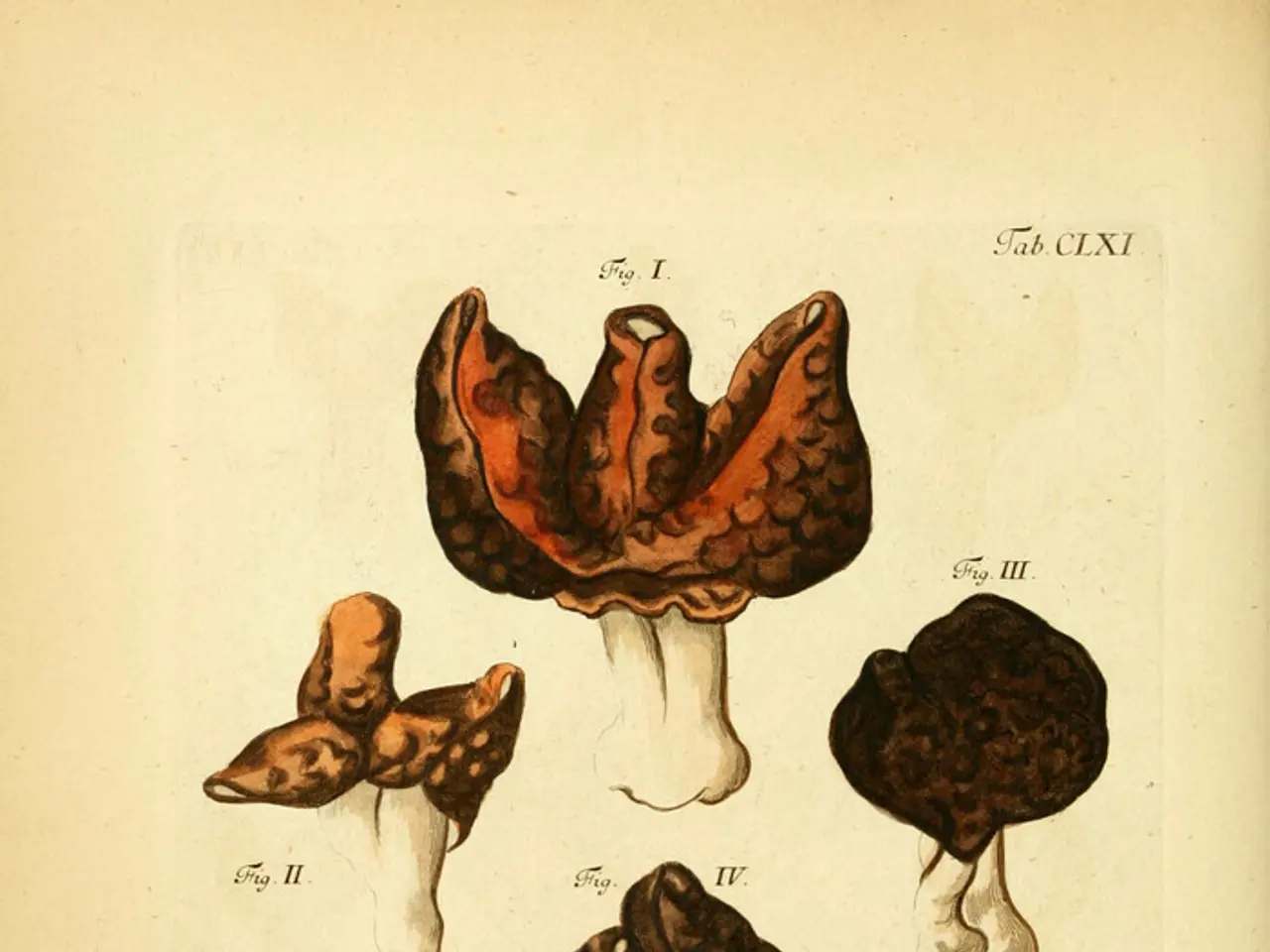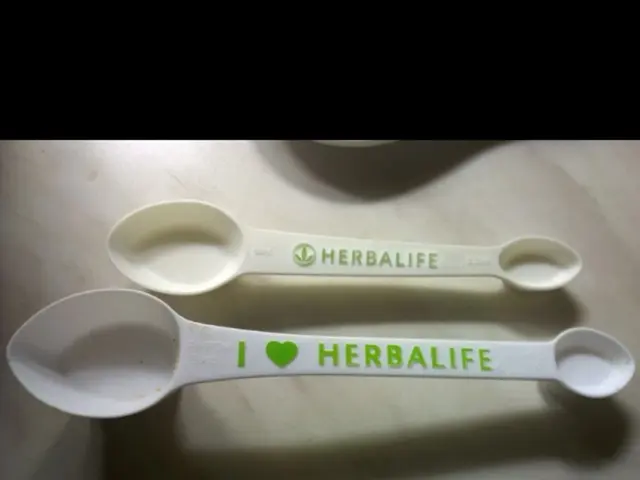Consuming Mold: Potential Health Risks and Consequences
Eating Mold: Uncovering the Hidden Dangers
Grabbing a bite of moldy food can be a shock to the system. Is it safe, or should you be worried about your health? Let's delve into the topic and separate fact from fiction. Here's the lowdown on food mold!
What You Need to Know
The effects of consuming mold depend on the type of mold and individual factors. Benjamin Chapman, Ph.D., a food safety specialist at North Carolina State University, points out that many products naturally contain mold spores. This is especially common with fresh produce like strawberries and raspberries. Consuming small amounts of mold is part of daily life for most people, but that doesn't mean you should indulge in moldy bread and cheese.
Some mold can lead to spoilage and illness, and certain types produce harmful compounds known as mycotoxins. Mycotoxins can cause nasty symptoms like nausea, seizures, and vomiting. Products like corn, wheat, and peanuts are prime targets for mycotoxin production.
Note: Mycotoxin formation in ready-to-eat food isn't thoroughly studied, so safety recommendations tend to be conservative. Moreover, mycotoxins are resilient to heat, meaning they're not destroyed during food preparation. Distinguishing molds that produce mycotoxins by appearance is tricky, emphasizing the need for caution when handling moldy foods.
In addition to mycotoxins, mold can contain aflatoxins, a family of toxins that can lead to liver damage and are considered a cancer risk factor. To keep aflatoxin levels in check, it's recommended to buy branded nuts and nut butters and discard any products that look moldy, discolored, or shriveled.
If you have a penicillin allergy, be aware that there have been reports of severe allergic reactions, including anaphylaxis, in individuals with mold allergies after consuming moldy products. While such cases are rare, those with mold allergies should be mindful of potential risks.
When to Seek Help
While consuming moldy food usually doesn't result in severe illnesses, if you know you've eaten moldy food and experience prolonged symptoms like nausea or vomiting, it's a good idea to seek medical help. In rare cases, a doctor may prescribe medication to induce vomiting or diarrhea to help clean your system.
Remember, your immune system generally handles small amounts of mold without side effects. However, if you have any concerns or experience serious symptoms, consult a doctor.
Now that you've got the lowdown on the risks, let's talk about how to recognize mold and handle it. Mold grows under specific conditions, including poor storage, product age, and temporary mold in the environment. It's essential to understand the signs of mold, like white spots, unusual colored spots, or food that's softer than usual or has an off smell.
Although you might be tempted to scrape off the mold and consume the rest of the food, it's not advisable. Determining the safety of mold through sight alone is impossible. Some molds can be highly toxic to humans and cause allergic reactions and breathing problems. Others can produce hazardous substances like aflatoxins, which can be deadly.
Restructuring Sentences: Reworking the sentence: "Determining the safety of mold by sight alone is impossible" to better flow and read: "It's impossible to determine the safety of mold by sight alone."
Trimming the moldy part of some products might seem like a solution, but be cautious. Moisture on food can encourage the growth of both mold and bacteria, leading to serious foodborne illnesses. Some products, such as soft vegetables and fruits, meat dishes, yogurt, jams and jellies, leftover restaurant food, and peanut butter, should be discarded if they're covered in mold.
However, some moldy products can be saved, especially those with low moisture content. Hard cheeses like cheddar and Swiss, and hard vegetables like cabbage, bell peppers, and carrots can be saved by removing the moldy parts. It's recommended to cut off at least an inch surrounding the moldy spots to minimize the presence of spores and contaminants.
Fruits like bananas are another story. If the mold is only on the skin and not the actual fruit, it can be eaten. But if there's mold on the stem, discard the entire fruit.
Preventing Mold in Your Kitchen
Prevention is key when it comes to avoiding moldy food. Here are some tips to keep your kitchen and refrigerator mold-free:
- Keep your refrigerator clean: Regularly clean your refrigerator to minimize mold growth. Spills and food remnants create a rich environment for mold and bacteria. Use a soda solution to clean the inside of the refrigerator, and eliminate visible mold with a bleach solution, if necessary.
- Store food properly: Properly store food to minimize the risk of mold growth. Cover chilled foods with lids, foil, or plastic wrap to prevent the spread of spores. Discard products that have expired or show signs of spoilage.
- Maintain the right temperature: Keep your refrigerator temperature at 40°F or lower, and ensure your freezer temperature is at 0°F. Minimize leaving the refrigerator door open for extended periods to maintain a consistent temperature.
Wrapping Up
While small amounts of mold are hardy survivors in our diets, it's important to be cautious when encountering moldy products. Some types of mold can produce dangerous compounds like mycotoxins and aflatoxins, which can have long-term health consequences. By following proper storage, cleaning methods, and monitoring the quality of your food, you can minimize the odds of encountering moldy products and safeguard your health!
FAQs
What are the common symptoms of mold poisoning if I eat it?
If you eat mold, you may experience symptoms like nausea, stomach spasms, diarrhea, vomiting, or allergic reactions such as itching, hives, or breathing problems.
Can everyone get sick if they eat moldy food?
Not everyone, but people with weakened immune systems, allergies, asthma, or digestive issues are more susceptible to mold infections in food and should exercise extra caution.
How long does it take for symptoms to appear after consuming moldy food?
Symptoms from mold poisoning usually emerge within several hours or days after consuming moldy food. If you experience any symptoms, drink water and monitor your condition.
Should I discard all food if mold is found on one of its components?
Discard soft foods like bread, cheese, or fruits if they have molded. You may save hard foods, such as hard cheeses and hard vegetables, by removing the moldy parts. Cut off at least an inch around the mold spot and reheat the food to minimize the presence of spores and contaminants.
When should I seek medical attention after eating moldy food?
Seek medical attention if, after eating moldy food, you experience persistent vomiting, diarrhea, high fever, difficulty breathing, or allergic reactions.
- Consuming mold can lead to health issues due to the production of harmful substances like mycotoxins and aflatoxins, which can cause symptoms such as nausea, vomiting, and allergic reactions.
- Proper refrigerator maintenance, food storage, and temperature control can help prevent the growth of mold in your kitchen and potentially harmful compounds in your food.
- It's not safe to save all moldy food. While some hard foods like hard cheeses and hard vegetables can be salvaged by removing the moldy parts, it's important to be cautious as some types of mold can be highly toxic to humans and cause allergic reactions and breathing problems.






